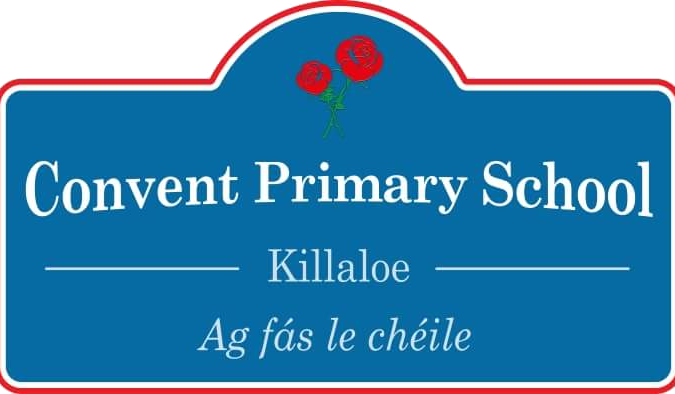Building Bridges of Understanding

Building Bridges of Understanding is a whole school approach to the teaching of comprehension. The key comprehension strategies are Prediction, Making Connections, Questioning, Visualising, Declunking, Clarifying, Inferring, Determining Importance and Synthesis. If our young readers can do all of the above they will be truly engaging with the text and will be able to answer any related questions. The building bridges programme is being rolled out in a structured way in our school.
In order to help your child to effectively use these key strategies there are some helpful ideas below.
• Prediction: Listen to your child reading, after a page or two ask your child what might happen next. Encourage them to use the knowledge of what has been read to predict something which might happen. After the next few pages review the prediction (the focus is not on a correct prediction, but rather on interacting with the text). Repeat the above and continue to predict after every few pages as you move forward through the book.
• Making Connections: Children love this one! Here we are asked to search for a personal connection to the story, and every child loves to have their own story to tell. For example, if the story is set on a farm, perhaps your child lives on a farm or has a relative who lives on a farm. Encourage your child to seek out some kind of personal connection, in doing so, she is then going to be more interested in the story and more alert to important information.
• Questioning: Children should be encouraged to ask themselves questions about the text as they go along. You can also ask questions that will quickly tell you if your child understands what is going on in the text. If there is something that your child does not understand, then reread the passage and try again to answer the question. Questioning leads to clarity.
• Visualising: This is usually described as seeing the story in your head. If a child can see the story as it develops, then they are very likely to understand what is happening. Encourage your child to see the story by asking questions which encourage her to visualise e.g. What does the main character look like? What season do you think it is? These questions may not necessarily be relevant to the story, but will help your child to set the scene in her mind.
• Declunking: A clunk is an obstacle to understanding. This is a difficult word which the reader must decode. Decoding strategies include re-reading the sentence to try to figure out the meaning using the context and/or breaking down the word to try and work out the meaning.
• Clarifying: Readers need to clarify ideas and messages in text in order to understand it properly. Good readers clarify meaning by reading ahead to get more information; re-reading or “back-tracking”; using their prior knowledge; reflecting on the story so far; and considering the author’s aim.
• Inferring: A reader needs to be really alert to a text to pick up on inference. This is where hidden messages are in the text but a reader can easily miss them e.g. If the characters are described as wearing coats, can we infer something about the weather or the seasons? If a child has made an inference, she should be able to justify their inference using information from the text.
• Determining Importance: This is one of the more tricky strategies for children to develop. A story typically contains lots of additional information which is not key to the main plot, but how do we figure out what is important? With simpler texts the best way to learn this strategy is to practice summarising. Ask your child to retell the main points of the story. Can she pick out some element of the story which was not essential to the main plot? Perhaps you can help her to identify something not quite essential which need not be included in a summary. This skill is also very useful for problem-solving in Maths particularly in senior classes. Very often, problems are presented with additional information not related to the Maths question. This can be very confusing for children, and an ability to weed out unnecessary information is very helpful.
• Synthesis: This is simply the skill of putting the above strategies together and using them all at once to be really alert while reading. Good readers will do this automatically. Those who struggle to understand their reading will benefit from the direct teaching of the above strategies.
